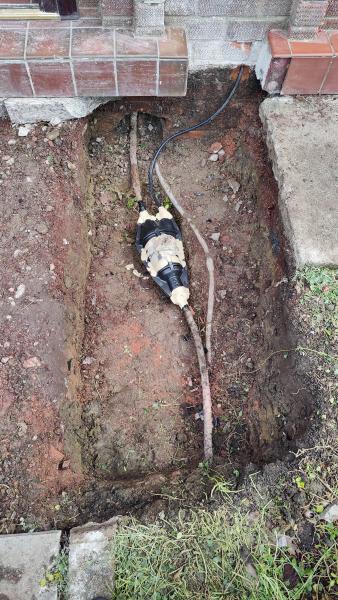@geoffers could you explain what you mean by looped with your neighbour? Does this mean that when your cables come out into the street that it's joined with your neighbours cabling? I have zero knowledge here so please get the crayon out for me 🖍
Quite often terraces & closely built houses have one incoming supply to house 1 (mine in this case) then a "loop" into house 2 so they effectively share the incoming supply.
It was a particularly bad original install in my case, since the neighbour's supply was connected AFTER my 100amp fuse, so we effectively shared 50% of a maximum 100amp supply, and if the supply fuse in my house had blown, my neighbour would have been cut off too. Their loop should have been taken off before the fuse.
Since EV chargers are rated at nominal 7kW which takes around 32amps - If both houses are charging at the same time that would use about 65 amps, leaving 35A for everything else - so in the unlikely event you both took showers, whilst boiling a kettle and cooking your dinner it could potentially blow your main fuse.
So a shared "looped" supply has to be un-looped where chargers are being installed. This is the final result ... to my mind not much has changed as we're still sharing the same main incoming cable, but it must presumably have a high enough current capacity

Apparently there are many cases where someone is about to take delivery of an EV, and getting the charge point installed only to find they can't have it put in until they get un-looped which could take many weeks





